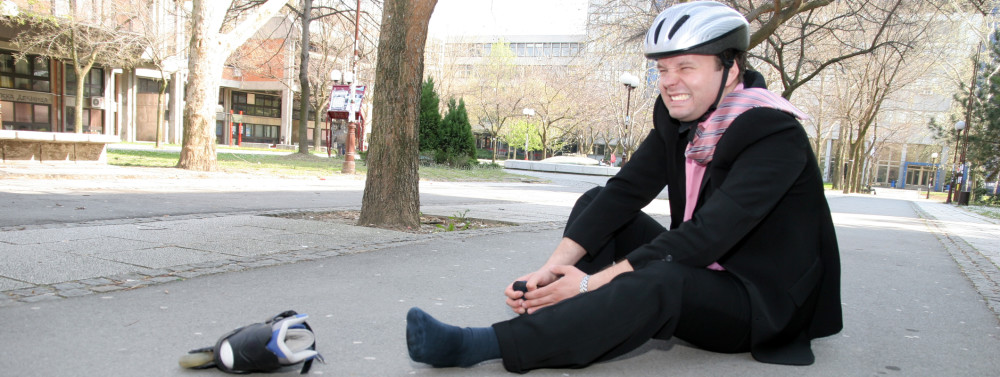Unfortunately, even children can get reflex sympathetic dystrophy. A child can sustain a minor sprain, a twisted ankle or a sports-related broken bone that doesn’t seem to heal right. The child can experience extraordinary pain that is difficult to treat and beyond what one would expect with such a minor injury. Hopefully it gets diagnosed right away, but in some cases the diagnosis is delayed by months or years with endless suffering.
Few studies on RSD have been done that included children. One research study looked at ten children with reflex sympathetic dystrophy. Nine were girls and one was a boy. The average age at onset was about eleven years. The basis of the diagnosis was on the clinical findings, including pain, autonomic dysfunction, and dysesthesia. Patients had x-rays taken and had bone scans. The most common trigger factor was minor trauma. The leg was more involved than the arms. Treatment included relief of pain and progressive mobilization of the affected extremity. Some patients received calcitonin or bisphosphonate as treatments. The length of the disease varied widely with some cases lasting as long as two years.
Reflex sympathetic dystrophy seems to be more common in kids than has been previously thought. In children, there are differences in the disease when compared to adults. The diagnosis is often delayed for weeks or months and some children develop the disease idiopathically, without having any previous injury as the cause for the disease. Many of these children have significant mental issues and are best treated by a multidisciplinary team that includes a psychiatrist or psychologist.
Unfortunately, many health professionals are unaware of RSD and CRPS in children even though the disease is much more common than previously thought. One study looked at wrist fractures and found that the incidence of RSD following the injury was between 7 and 37 percent. Girls are five times as likely as boys to get the disease. It most commonly occurs just prior to achieving puberty.
Quick diagnoses are rare and often made when all other possibilities have been eliminated. The average time between onset of the pain and an accurate diagnosis is about one year. Often, the symptoms travel from one side of the body to another and can become permanent with a stiff appendage that doesn’t move much. This can be a setback when it comes to school attendance. The average child with RSD misses 40 days of school per year. After the RSD is treated, kids take on average 5 days off from school.
Children with RSD suffer often from psychological damage. They are misunderstood and many are dismissed completely as suffering from a psychosomatic disease. In truth, the pain is very real and can damage the psyche of just about any child.
The diagnosis of RSD in children involves doing a clinical assessment along with x-rays, bone scans and radionuclide scintigraphy. Doppler flow studies of the blood vessels can also be helpful.
The best measures to prevent the disease include early mobilization and pain control. Medications like analgesics, anti-depressants and steroids. Vasodilators and beta blockers have been found to be helpful and calcitonin intranasally or intramuscularly can show favorable results. In older children, a sympathetic block can be helpful as can the use of a tourniquet and an injection of an alpha adrenergic agent. Surgical sympathectomy can be considered.
